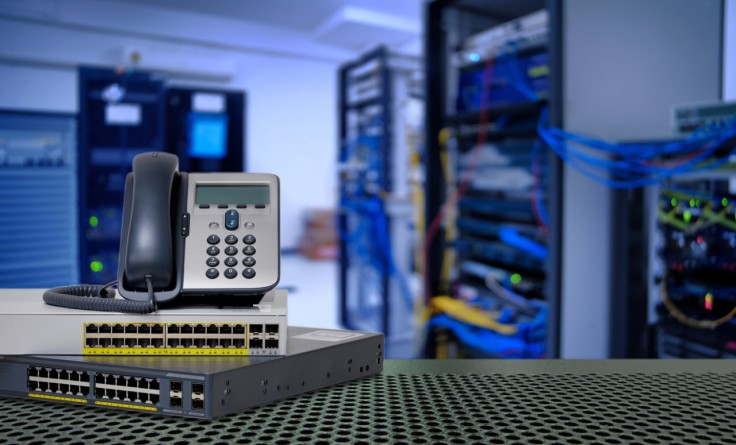
In the modern era, businesses that rely on or provide the most efficient solutions thrive. This trend was common in the late twentieth century as computers replaced typewriters and continued manifesting in this era of advanced interconnected communication.
For office communications, there have been similar significant improvements with time. The emergence of SIP Trunking is one crucial advancement in enhancing the efficiency of such communications. This reliance on the internet rather than the bulky mechanical wiring that defined telephone systems has made a significant difference.
Advances in interconnectivity extend to homes and personal spaces. The proliferation of interconnected devices is creating smart homes, which could transform how people think of their living spaces. Such interconnectivity means that both working and living spaces will likely rely heavily on internet devices for the foreseeable future.
About Voice over Internet Protocol (VoIP) and SIP Trunking
Voice over Internet Protocol is a technology that allows users to make calls over the internet. The essence of this technology is to change telephony systems that date back to the age of extensive copper wiring to connect telephones.
VoIP ensures users can make low-cost internet calls over the internet. It even allows calls with people who don't use VoIP. This feature is possible through the Analog Telephone Adapter that converts the signal to digital format for relaying to traditional circuit switches. Direct VoIP to VoIP calls are typically reliable, stable, and low-cost, which is what most businesses would want in a communication system.
This technology has been around for over a decade and continues to improve. Session Initiation Protocol (SIP) is a signaling protocol for implementing VoIP that is popular with business organizations and companies. SIP trunking utilizes an application layer protocol to set up sessions between two endpoints/phones.
Therefore, SIP trunking allows users to create sessions over an Internet Protocol, which could be two-way or multi-party conference calls.
SIP is emerging as a clear winner among ways to implement VoIP. It is a no-brainer for businesses looking to digitize phone communications because SIP is easy to use and provides easy compatibility with existing systems.
Benefits of VoIP and SIP trunking
Organizations using SIP trunking can make local or international calls at affordable rates. VoIP and SIP systems are rapidly replacing traditional telephone systems because of the versatility and reliability of these systems. The services reduce the amount of infrastructure that was needed for landline connections as well as cutting on downtime.
Installation is also simple, as the user does not need to have the extensive cabling that was standard in traditional telephony systems. The fact that all communication is over an internet protocol also allows a business to generate consolidated data on customer contact information which can be valuable for sales operations.
SIP's unique advantage is providing significant scalability to your communications systems. An organization can increase call capacity as necessary unlike traditional phone lines with little scalability. In this intercontinental business and cooperation era, such functionality is an asset.
Cost is another significant consideration. Businesses that implement SIP trunking cut their telecommunication expenses by more than half. The user cuts on long-distance and international costs because an internet connection effectively reduces the effect of distance on costs. Besides, the company cuts installation and maintenance costs associated with traditional telephony and PBX systems.
These advantages ensure that geographical boundaries are not a hindrance to communication. Employees in a remote office can seamlessly communicate with the head office or hold consultative meetings on a call with other branches. Companies with a network of remote employees can undoubtedly benefit from these systems.
Telephony Digitization is Inevitable
From the aforementioned, there is a significant benefit to digitizing telephony systems to implement SIP trunking. The only downside is probably the need to have a reliable internet connection. This issue is not a problem for many parts of the developed world and significant parts of developing countries. Therefore, this implementation makes business and practical sense, explaining its increased usage.









